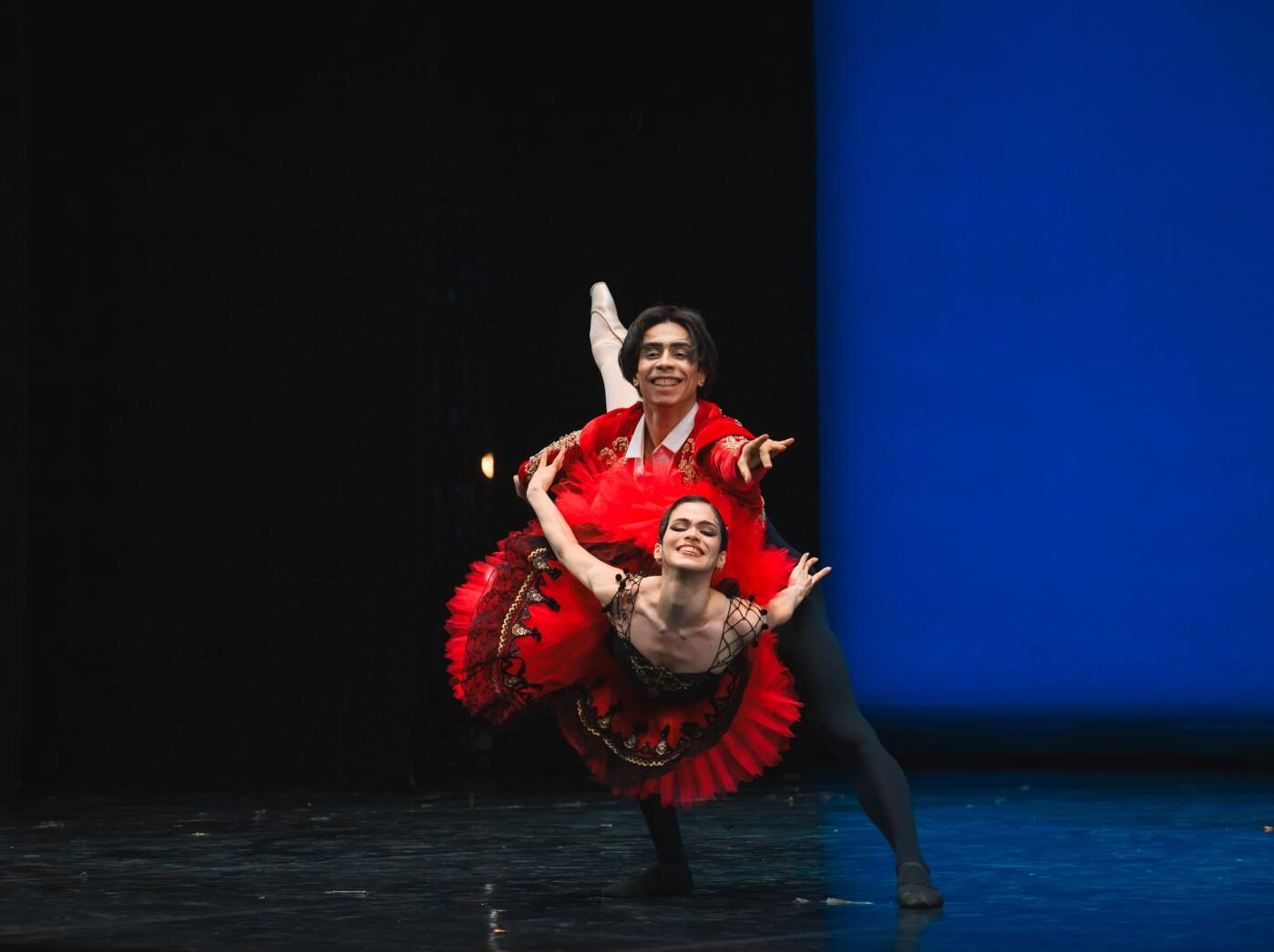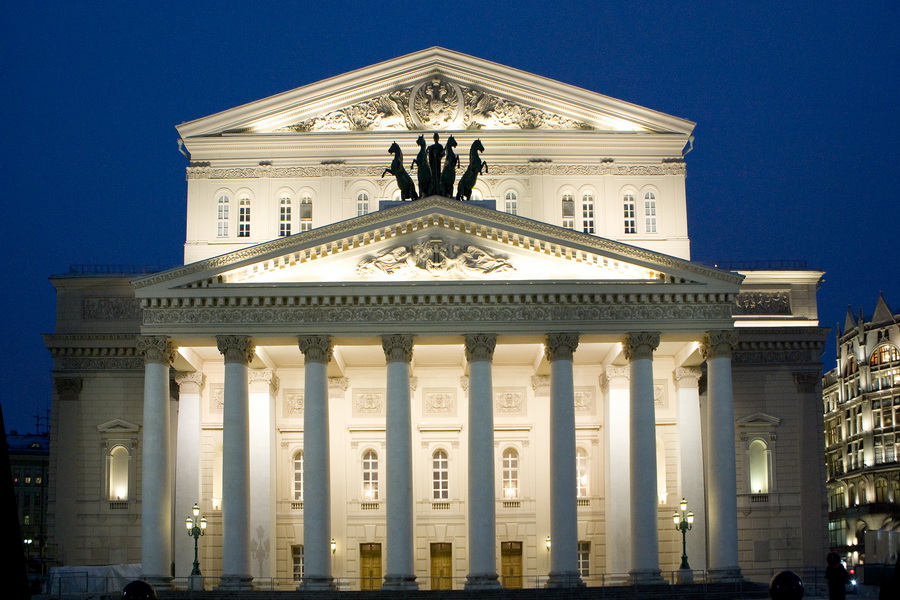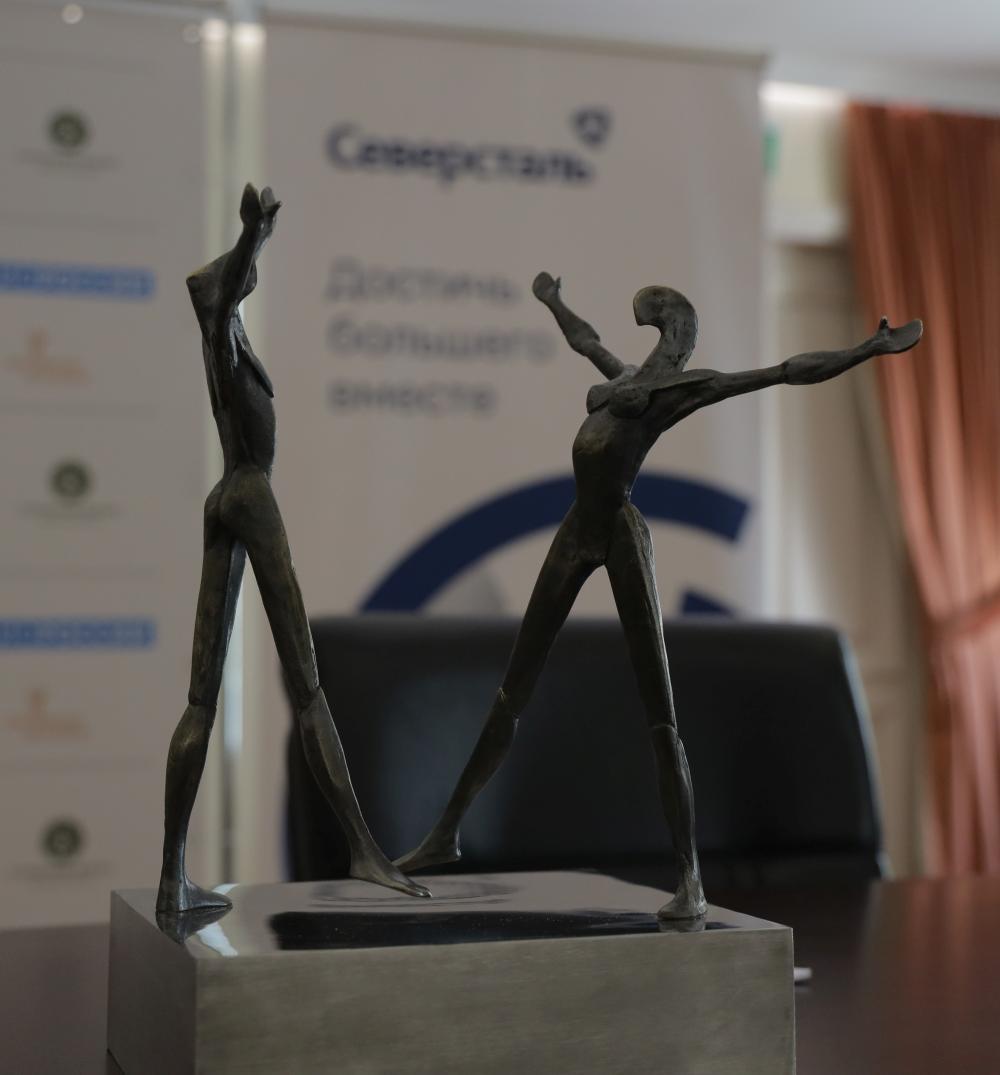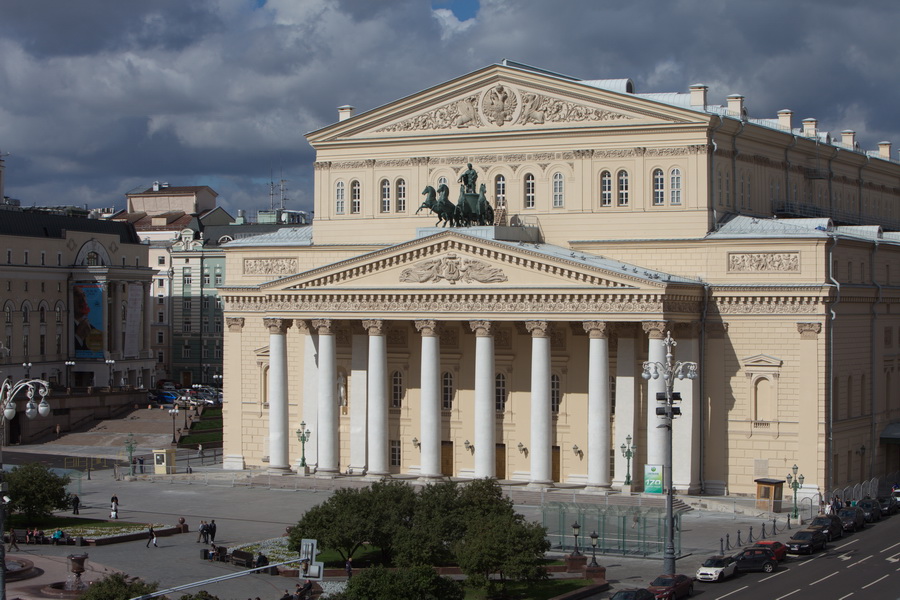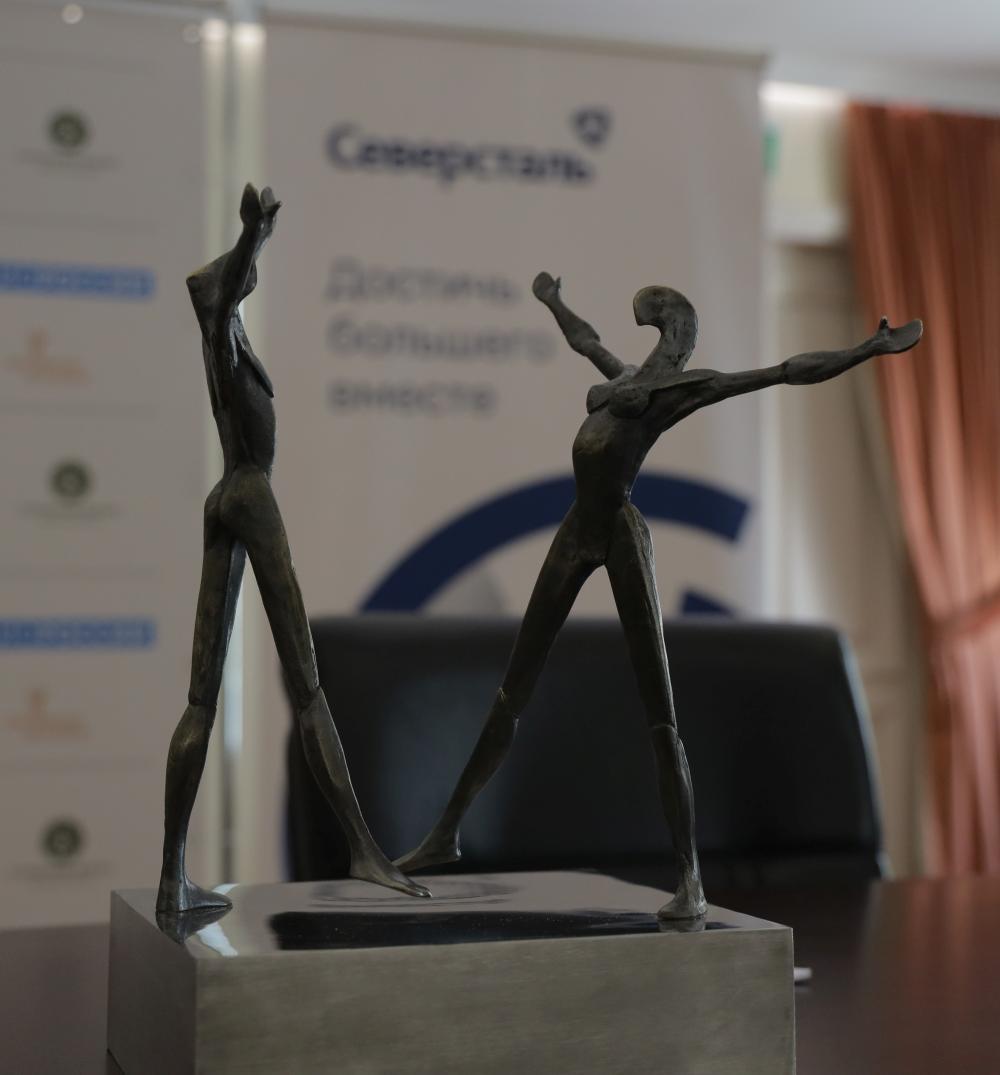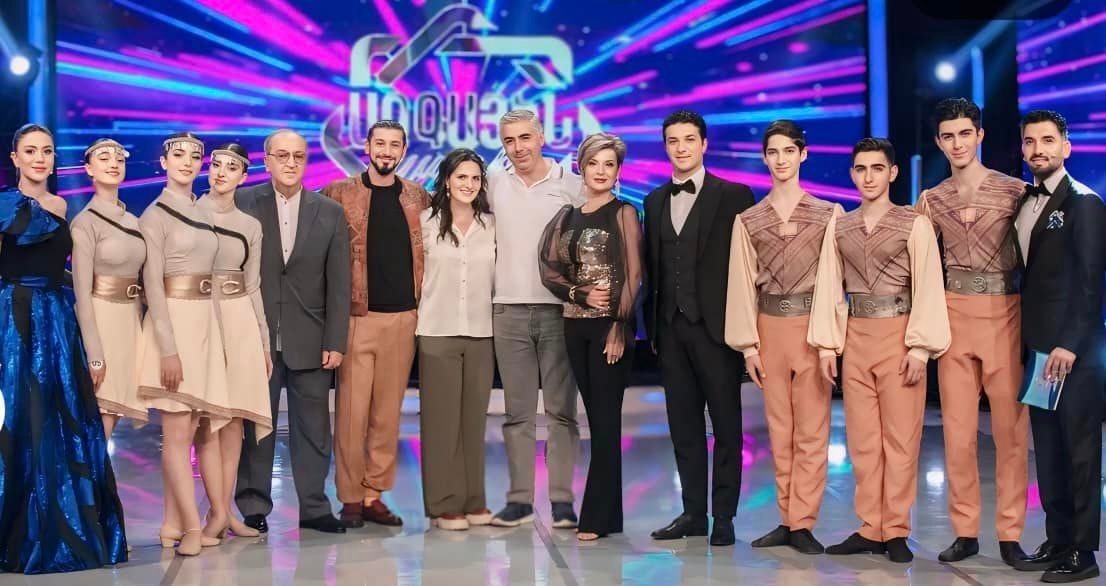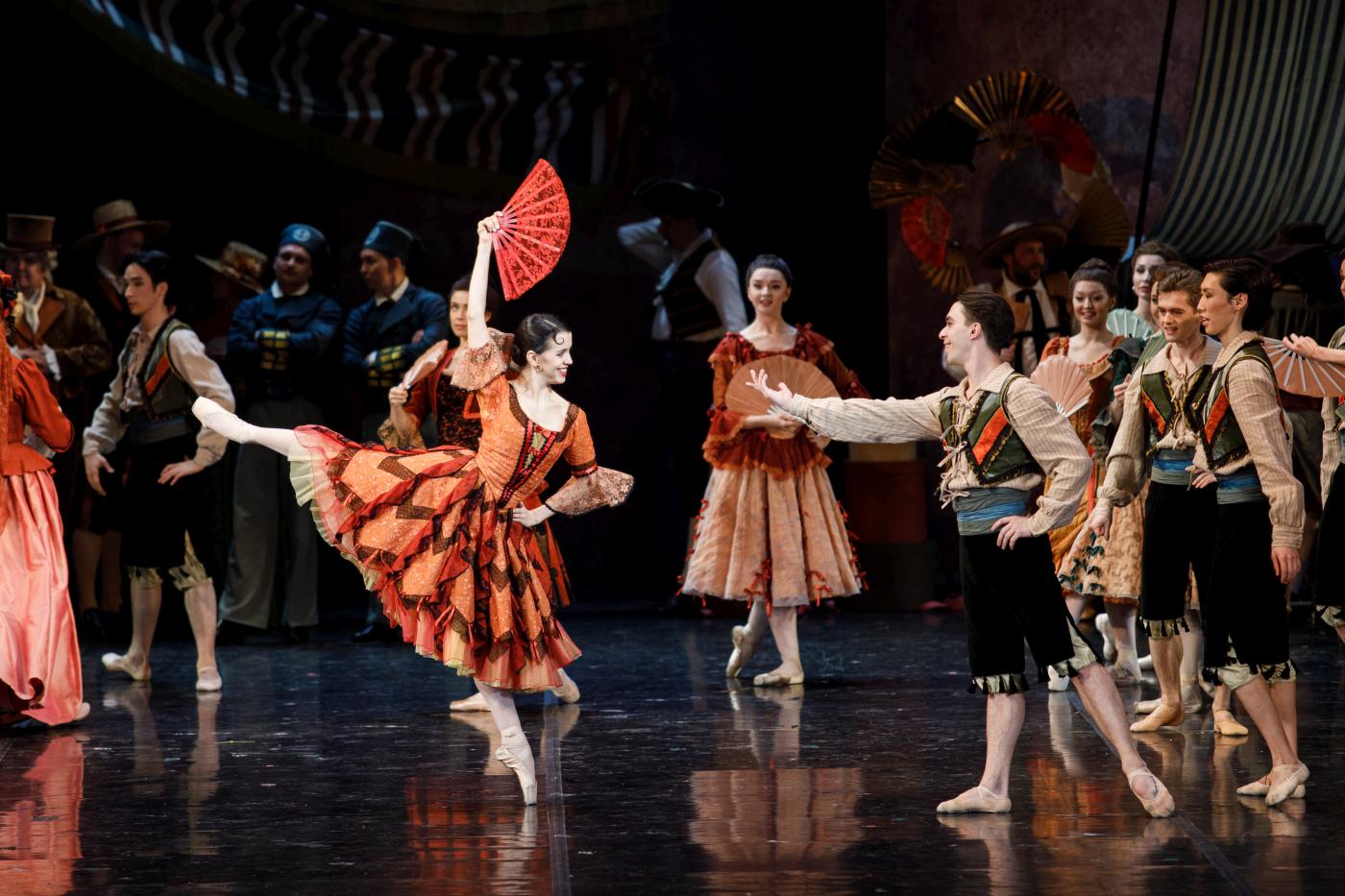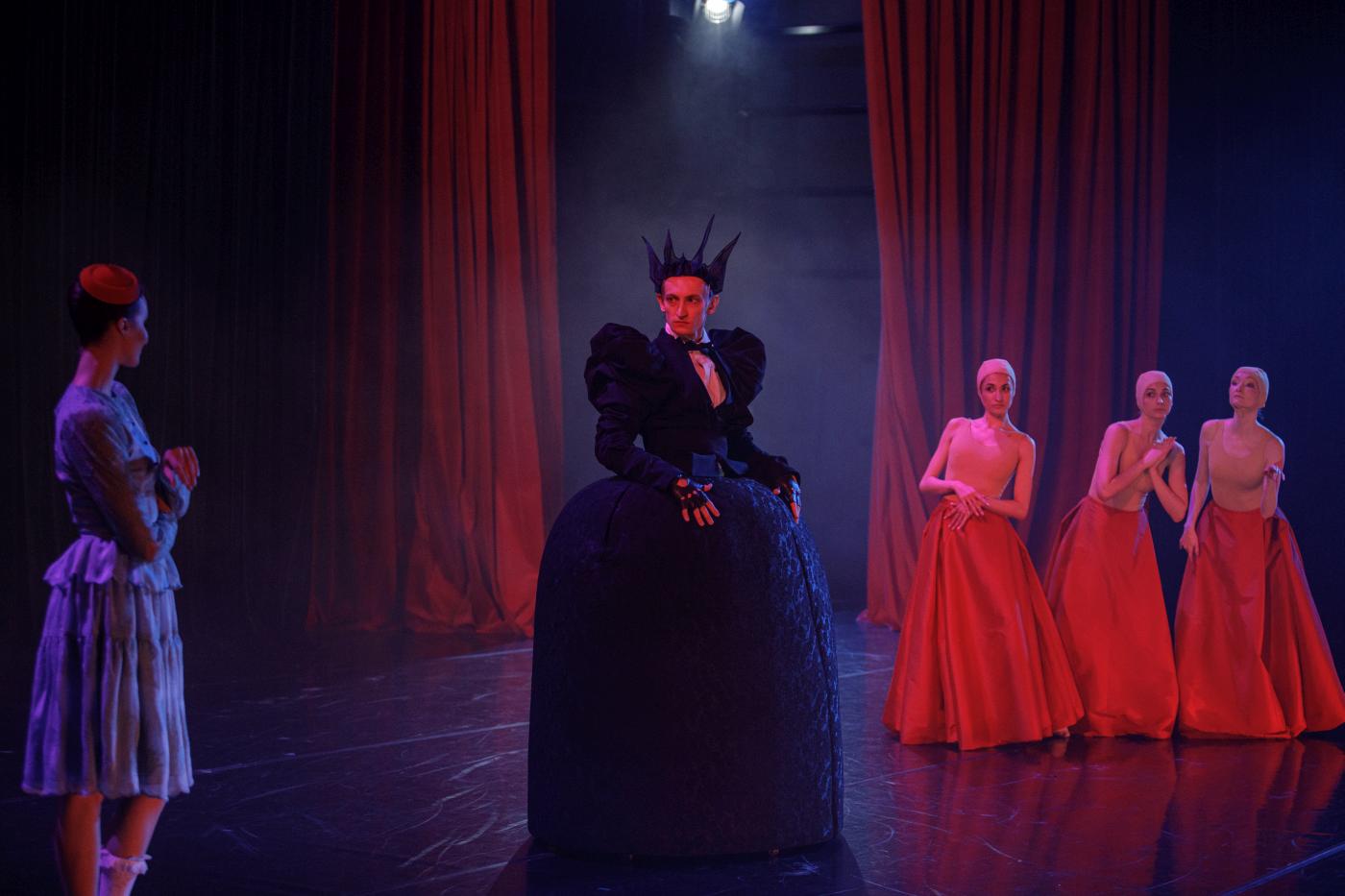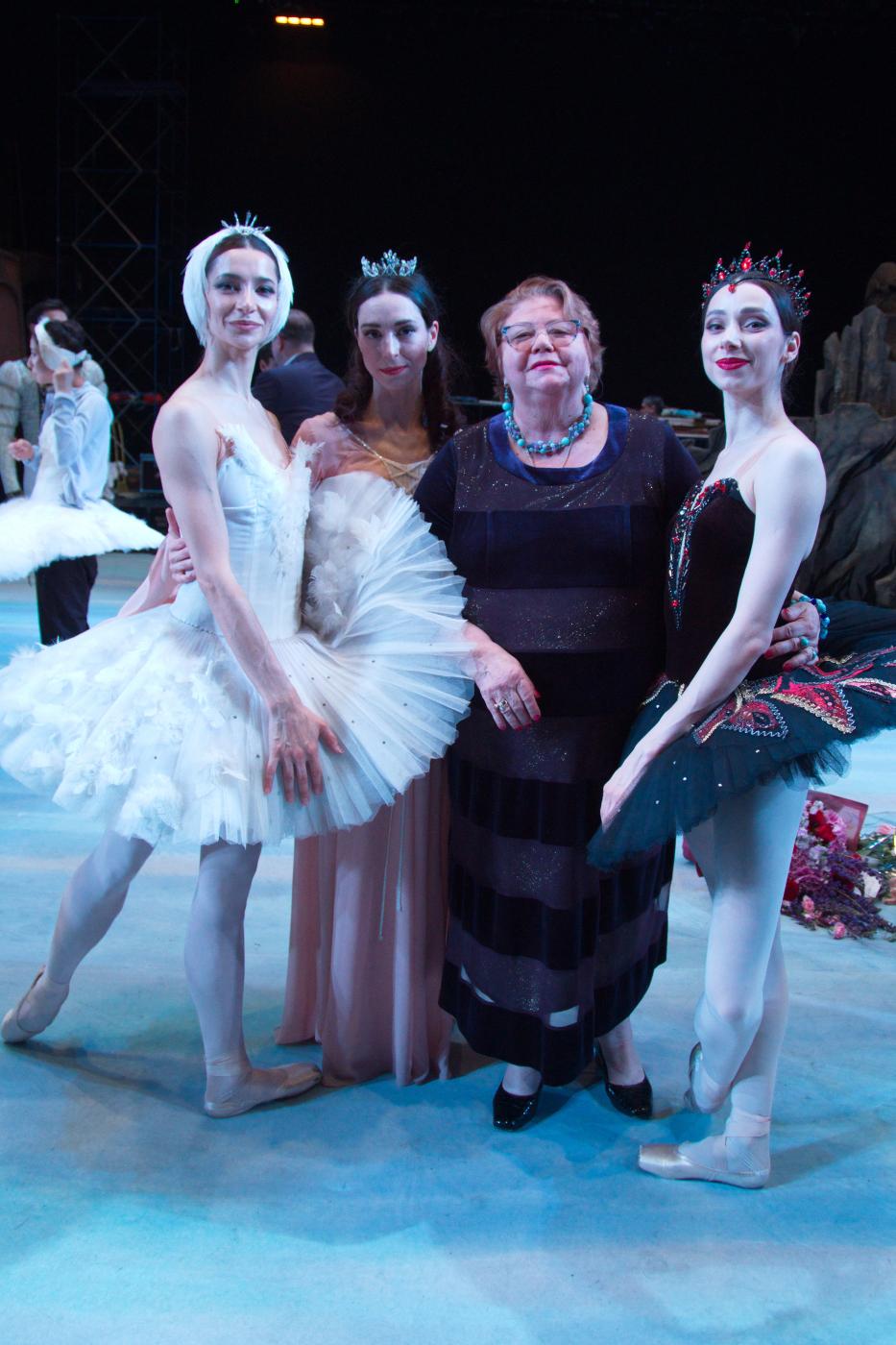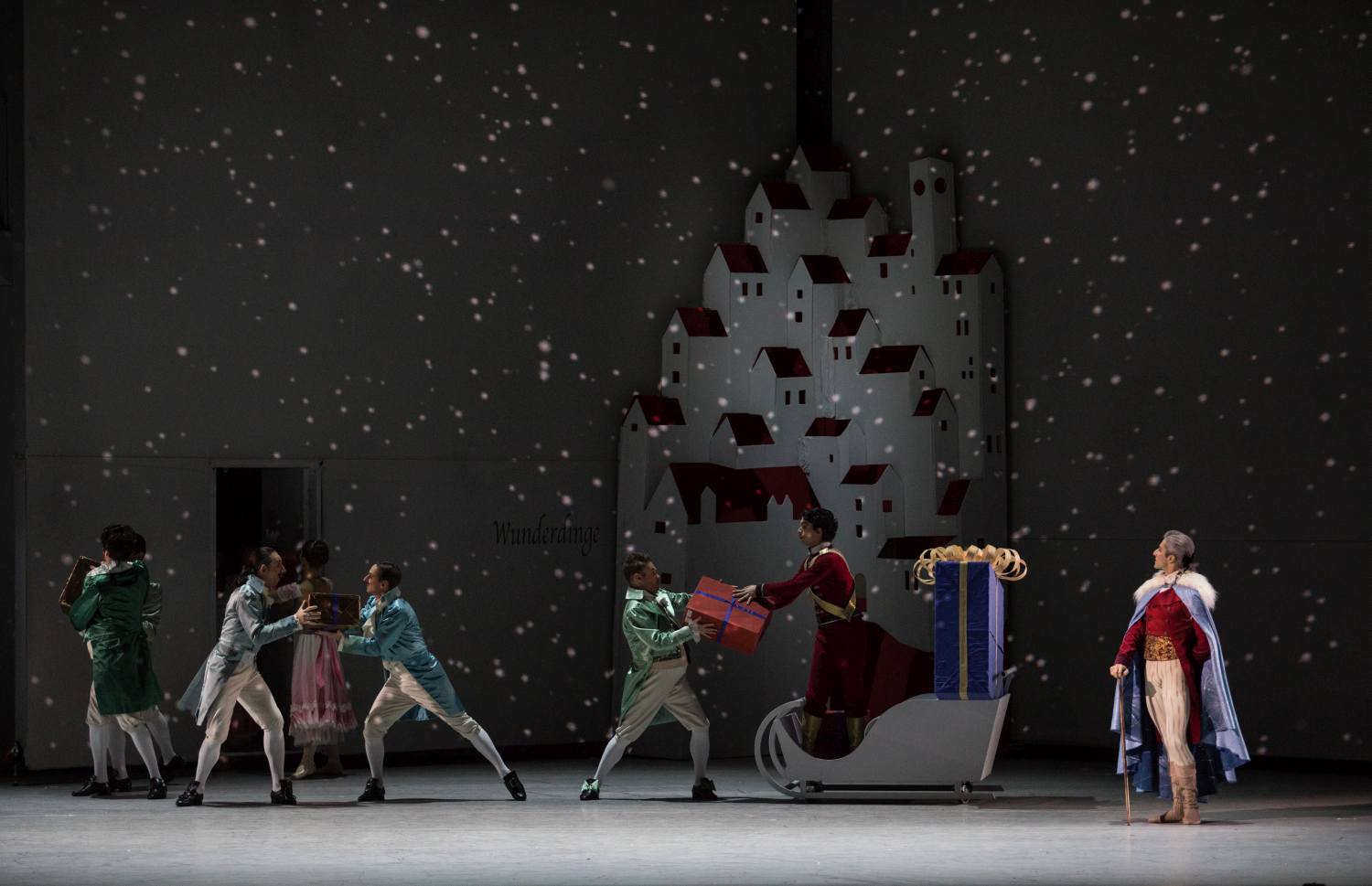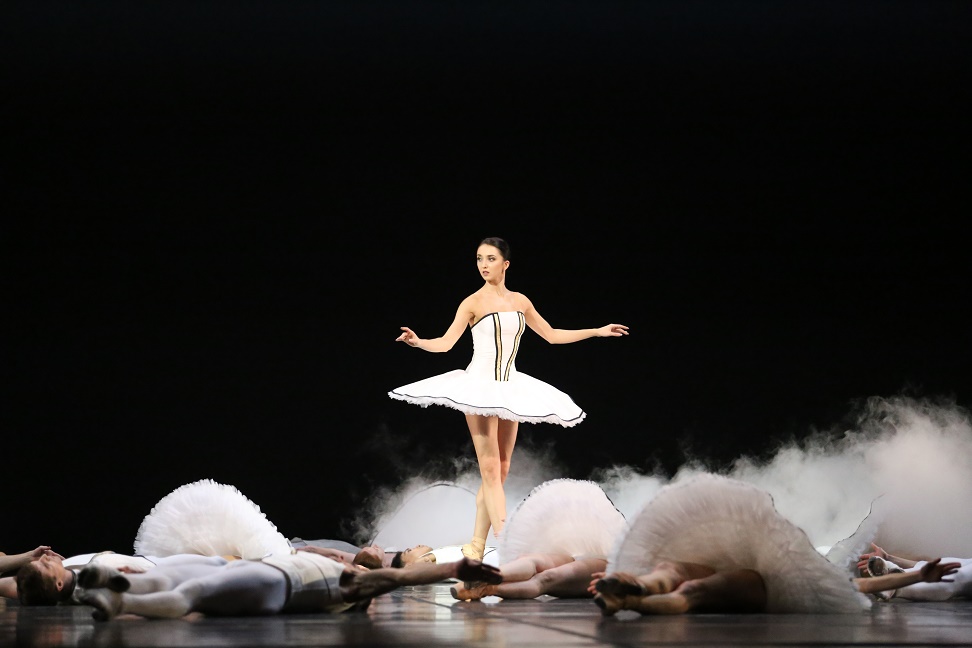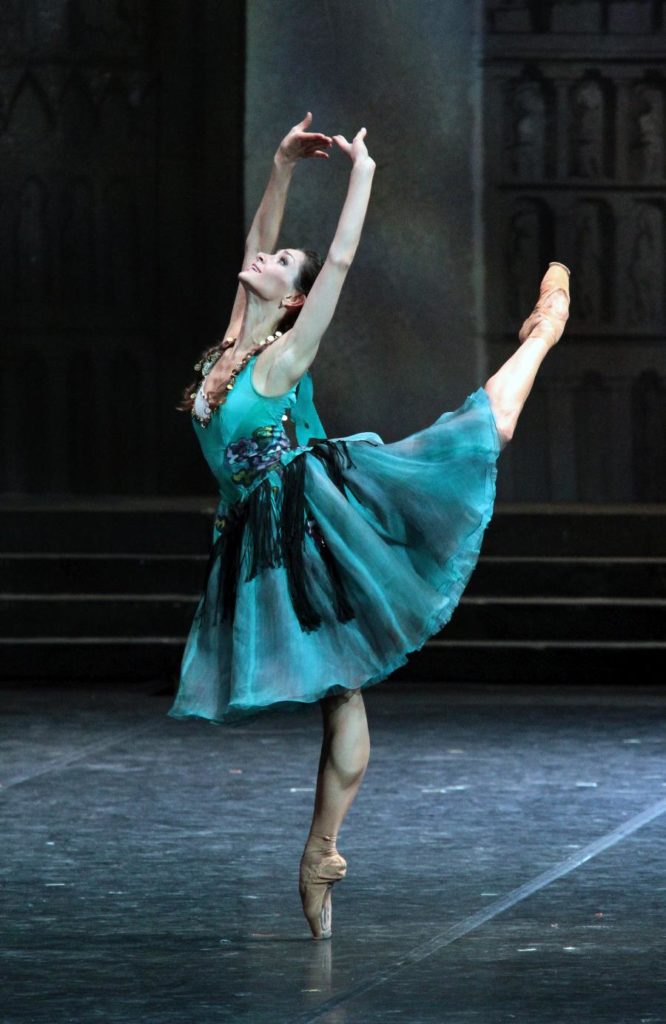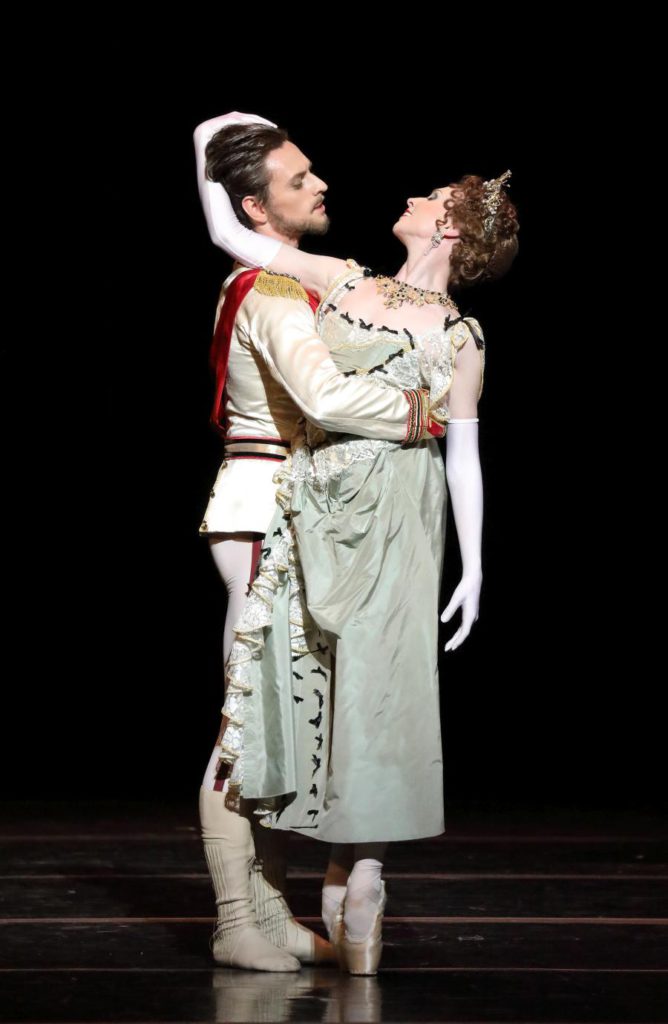New Takes
“Stravinsky. Puppets. Dances”
Ballet of the Stanislavsky and Nemirovich-Danchenko Moscow Music Theatre
Stanislavsky and Nemirovich-Danchenko Moscow Music Theatre
Moscow, Russia
April 20, 2025
by Ilona Landgraf
Copyright © 2025 by Ilona Landgraf
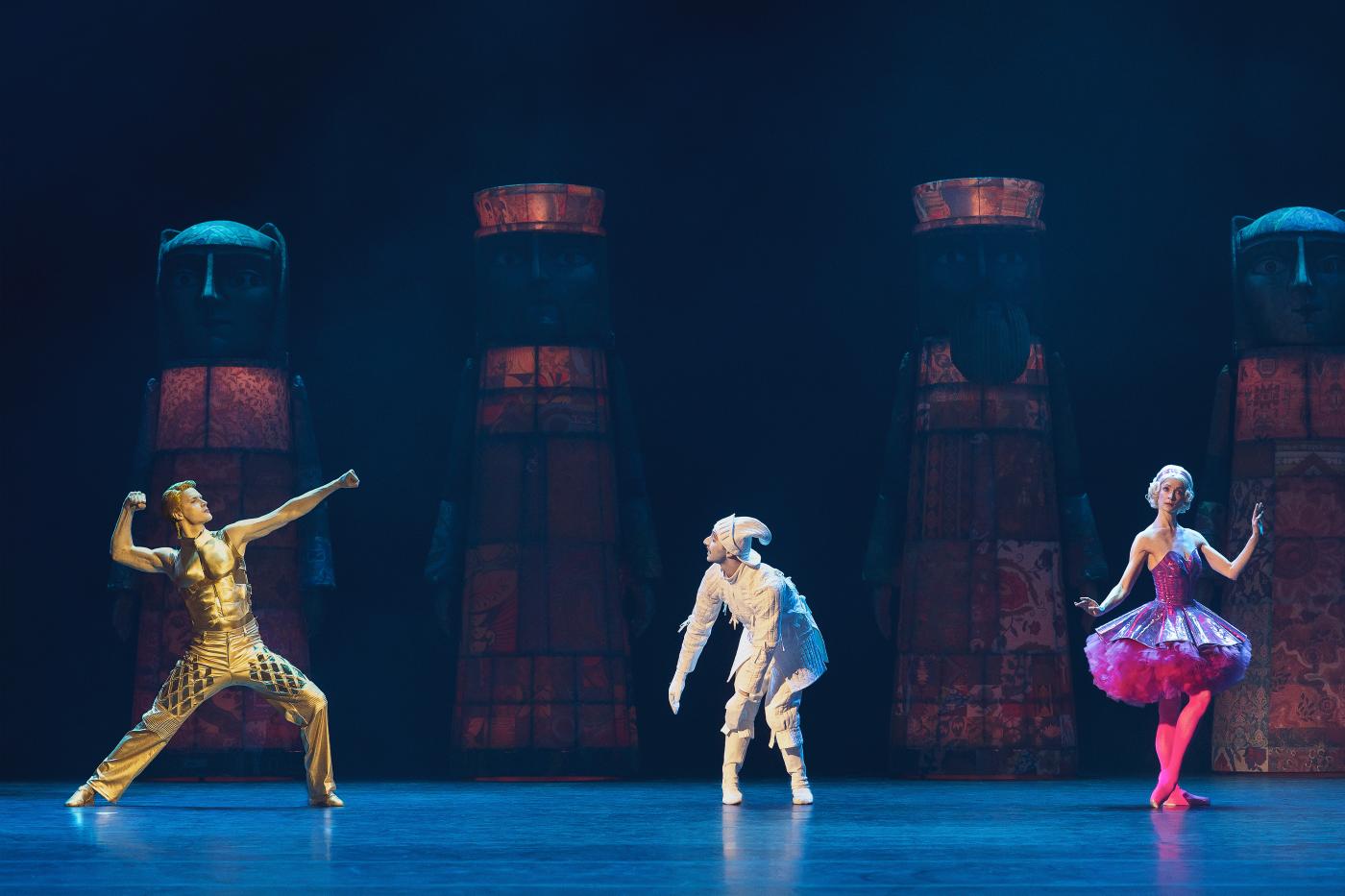 The Stanislavsky Ballet’s new double bill, Stravinsky. Puppets. Dances, attracted large crowds, especially because they scheduled only five performances over three consecutive days. The two ballets, Petrushka and The Firebird, were originally choreographed by Michel Fokine for Sergei Diaghilev’s Ballets Russes in 1911 and 1910, respectively. Both are set to compositions by Igor Stravinsky. The Stanislavsky Theatre presented new interpretations by Kirill Radev (The Firebird)—a former choreographer of the Barcelona Ballet—and Konstantin Semenov (Petrushka)—a dancer-cum-choreographer from the company’s own ranks, whose one-act piece, Through the Looking-Glass I saw in 2023. Both teamed up with stage director Alexey Frandetti (a Tashkent native who later moved to Moscow) and set designer Viktor Nikonenko. The internationally awarded Nikonenko is a puppet maker at Moscow’s State Academic Central Puppet Theater S.V. Obraztsov, which cooperated with the Stanislavsky Theatre for the first time (an exhibition of puppets and photos from the S.V. Obraztsov museum was shown at the Stanislavsky as well). (more…)
The Stanislavsky Ballet’s new double bill, Stravinsky. Puppets. Dances, attracted large crowds, especially because they scheduled only five performances over three consecutive days. The two ballets, Petrushka and The Firebird, were originally choreographed by Michel Fokine for Sergei Diaghilev’s Ballets Russes in 1911 and 1910, respectively. Both are set to compositions by Igor Stravinsky. The Stanislavsky Theatre presented new interpretations by Kirill Radev (The Firebird)—a former choreographer of the Barcelona Ballet—and Konstantin Semenov (Petrushka)—a dancer-cum-choreographer from the company’s own ranks, whose one-act piece, Through the Looking-Glass I saw in 2023. Both teamed up with stage director Alexey Frandetti (a Tashkent native who later moved to Moscow) and set designer Viktor Nikonenko. The internationally awarded Nikonenko is a puppet maker at Moscow’s State Academic Central Puppet Theater S.V. Obraztsov, which cooperated with the Stanislavsky Theatre for the first time (an exhibition of puppets and photos from the S.V. Obraztsov museum was shown at the Stanislavsky as well). (more…)
